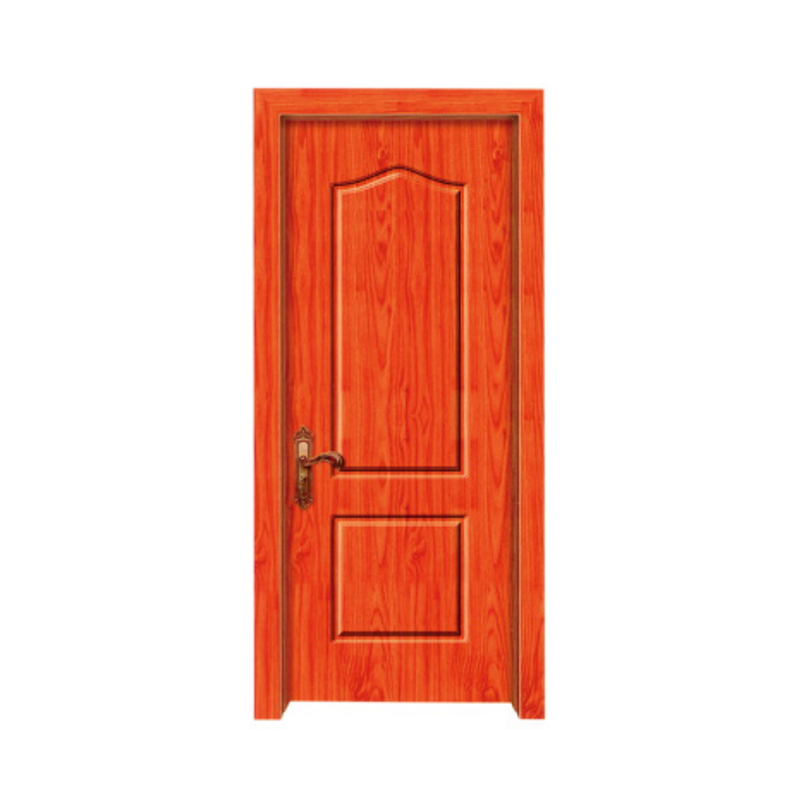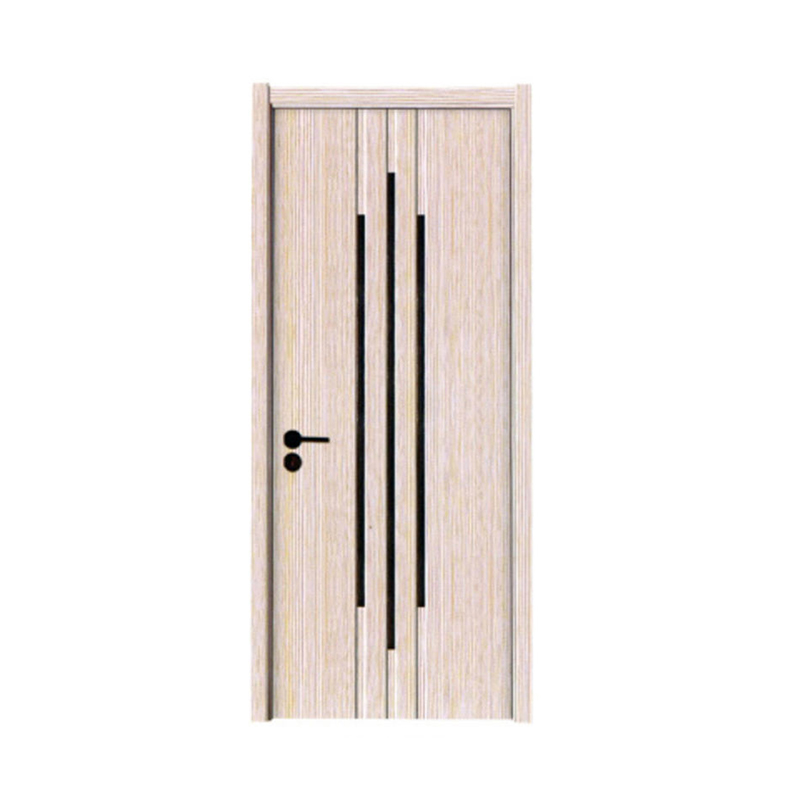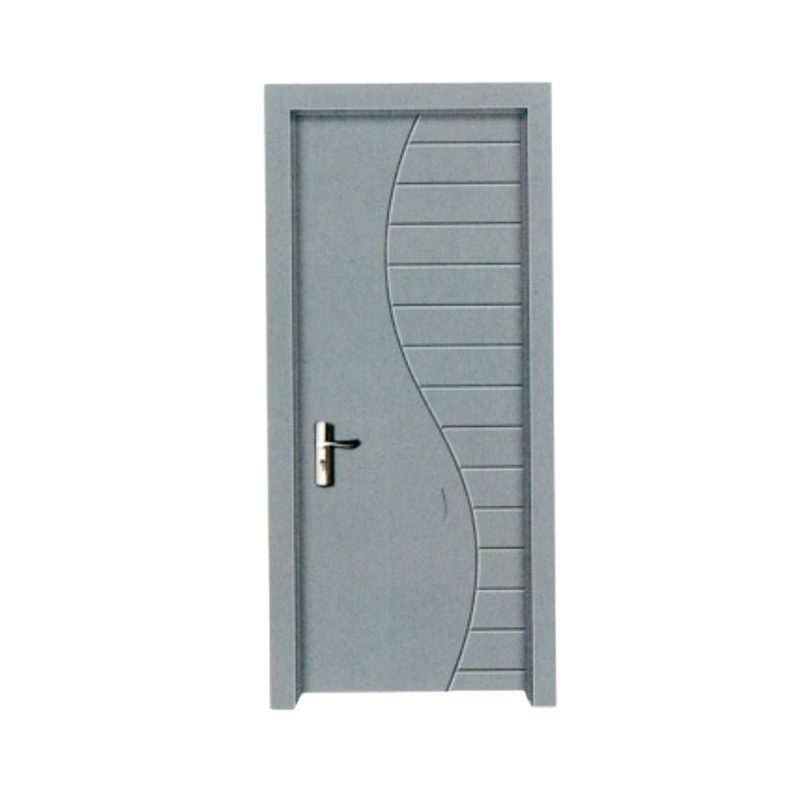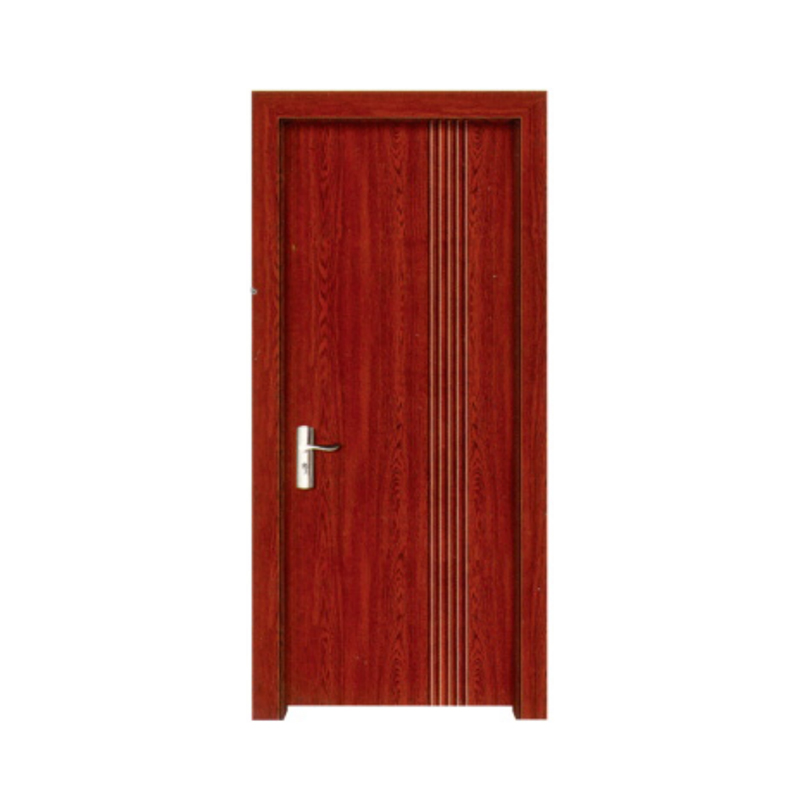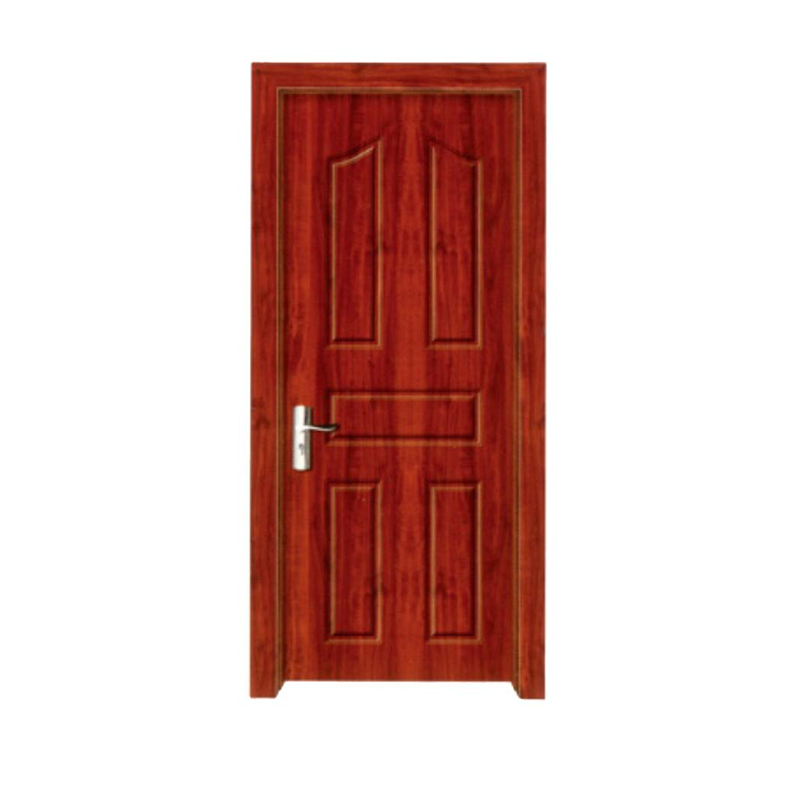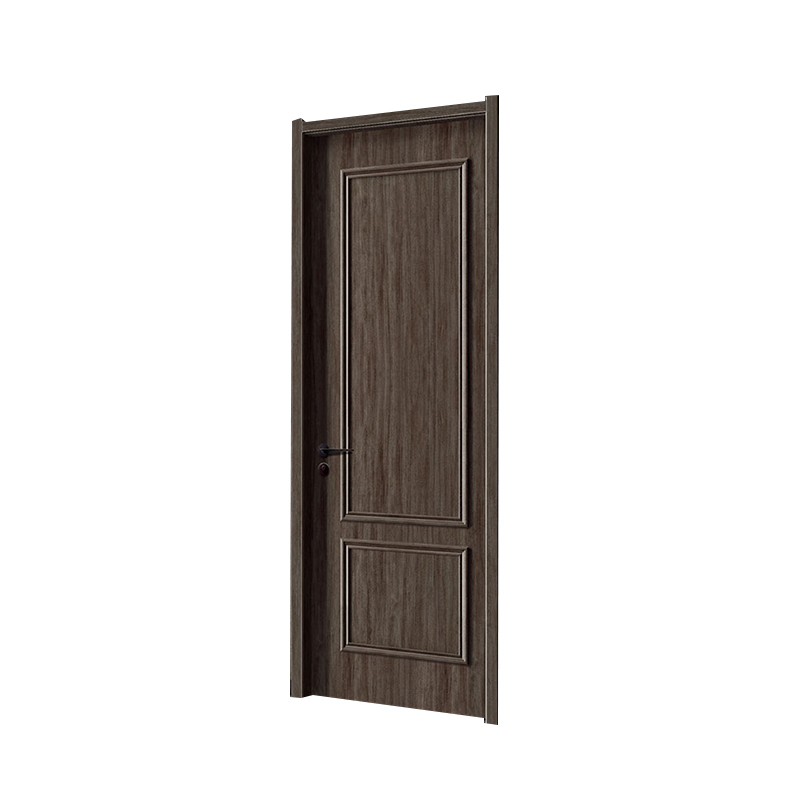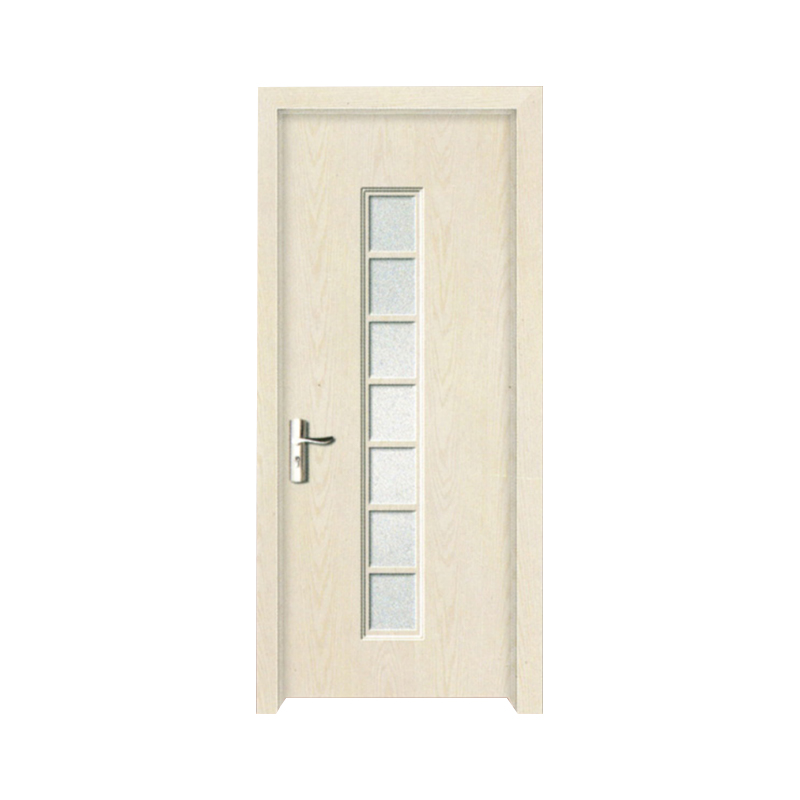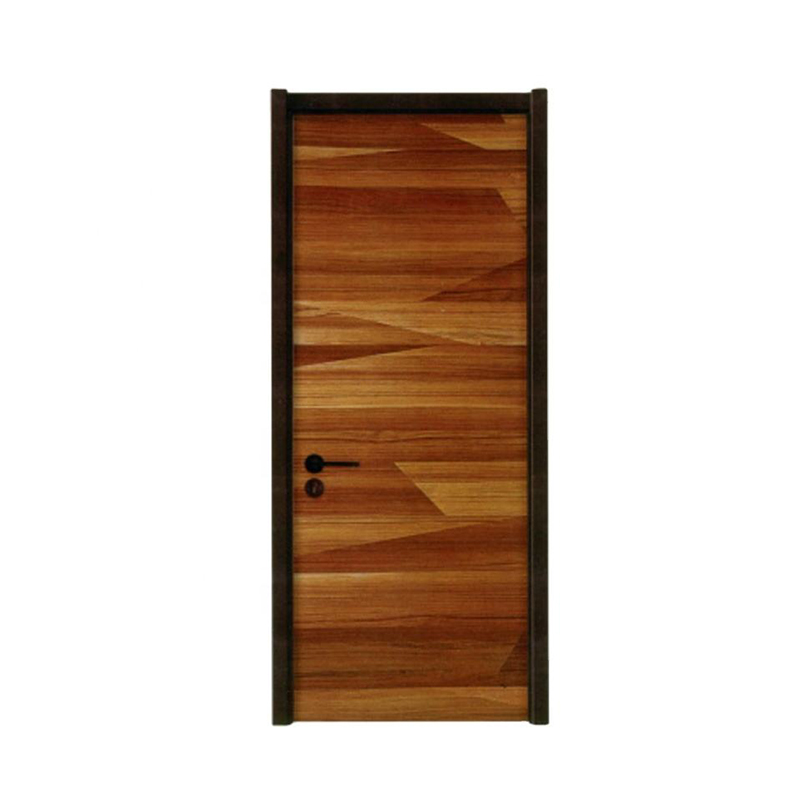OEM Custom Interior PVC Wood Door Manufacturer Factory
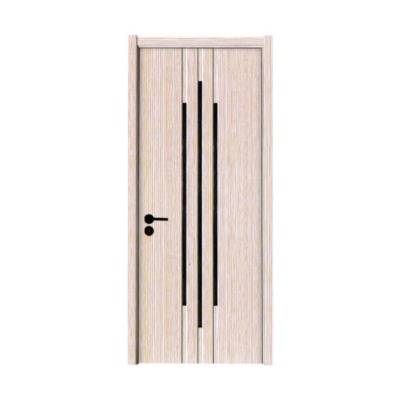
In the realm of home improvement and interior design, doors are more than just a means of entry and exit; they are a statement of style and a reflection of the homeowner's taste. Traditional wooden doors have long been a staple in home construction due to their natural beauty and timeless appeal. However, the emergence of interior PVC wood doors has challenged the dominance of their wooden counterparts.
PVC wood doors offer a realistic wood grain finish that can mimic the look of traditional wooden doors, yet they are crafted from polyvinyl chloride (PVC), a versatile and durable material. This allows for a wide range of design options that can complement various interior styles without the need for the actual wood. Traditional wooden doors, on the other hand, offer the authentic warmth and texture that can only be achieved with natural materials. However, they are subject to the variations in wood grain and color that come with using a natural product.
When it comes to durability, interior PVC wood doors have several advantages over traditional wooden doors. They are resistant to warping, cracking, and splitting, which are common issues with wooden doors due to exposure to moisture and changes in temperature. PVC wood doors require minimal maintenance, as they do not need to be painted or varnished and are resistant to fading from sunlight. Traditional wooden doors, while strong, are more susceptible to wear and tear and may require regular refinishing to maintain their appearance.
The environmental considerations of door materials are becoming increasingly important. PVC wood doors are often seen as a more eco-friendly option because they are made from a material that is easier to recycle and does not involve the depletion of forest resources. Traditional wooden doors, while renewable, require the use of natural resources and can contribute to deforestation if not sourced sustainably.
The cost of interior doors can vary widely depending on the material, design, and quality. interior PVC wood doors are generally more affordable than their traditional wooden counterparts, especially when considering the lower maintenance costs over time. Traditional wooden doors can be more expensive, both initially and in the long term, due to the need for regular maintenance and potential repairs.
Another aspect to consider is fire safety and insulation properties. Interior PVC wood doors are non-combustible and can provide a fire-resistant barrier, which is an important consideration for home safety. They also offer good insulation properties, helping to keep homes warm in winter and cool in summer. Traditional wooden doors can also provide insulation, but their effectiveness can vary based on the type of wood and construction.
In comparing interior PVC wood doors to traditional wooden doors, it's clear that each has its own set of advantages and disadvantages. Interior PVC wood doors offer a low-maintenance, cost-effective, and environmentally friendly alternative that can withstand the test of time without compromising on aesthetics. Traditional wooden doors, with their natural beauty and warmth, remain a popular choice for those who value the authenticity of wood in their home's design. Ultimately, the choice between PVC wood doors and traditional wooden doors will depend on the homeowner's priorities, whether it be for style, sustainability, or practicality.


 عربى
عربى

